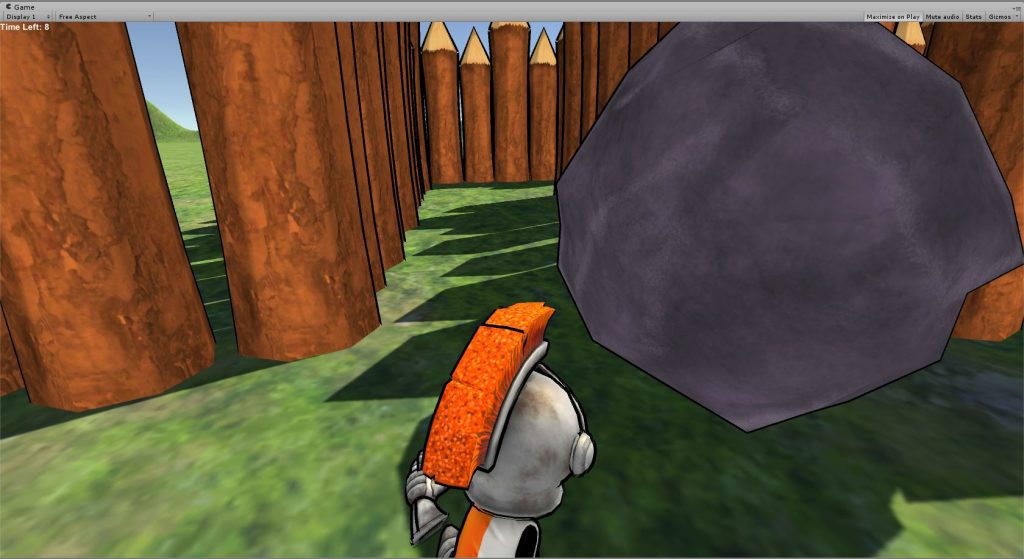I have just finished Creating Maintainable Contexts for Automated Testing by Mel Grubb, on Pluralsight (yes, that title is quite a mouthful!)
I haven't really bothered with reviews of most courses I take – counting this one I watched 43 this year – a bunch on Pluralsight, some MBA courses, and 14 non-fiction books. This one was interesting enough that it was worth mentioning.
It covers ways to make your test code cleaner. What I liked:
- using a Random library to document what is boilerplate on a test is what is important – name = library.RandomName() is very different from name = “Luiz Marques”, as it shows that it has no particular importance.
- From the next step, adding Mother objects, which are simple static classes that return ready to go instances – such as .Simple() and .Typical(). If you need to, you can then change anything that is important for the test, and it will be very obvious. As a bonus, any changes to the objects (such as an added property) can be dealt on a single place, instead of having to be fixed on possibly dozens of tests.
- Converting the mothers to the Builder pattern, which makes thing slightly clearer (but adds a lot of code), improving discoverability and makes it easier to change objects.
- Using CSX to auto-generate most of the builder objects on each build.
Overall, very interesting, and well worth the time, specially if you already have Pluralsight.



